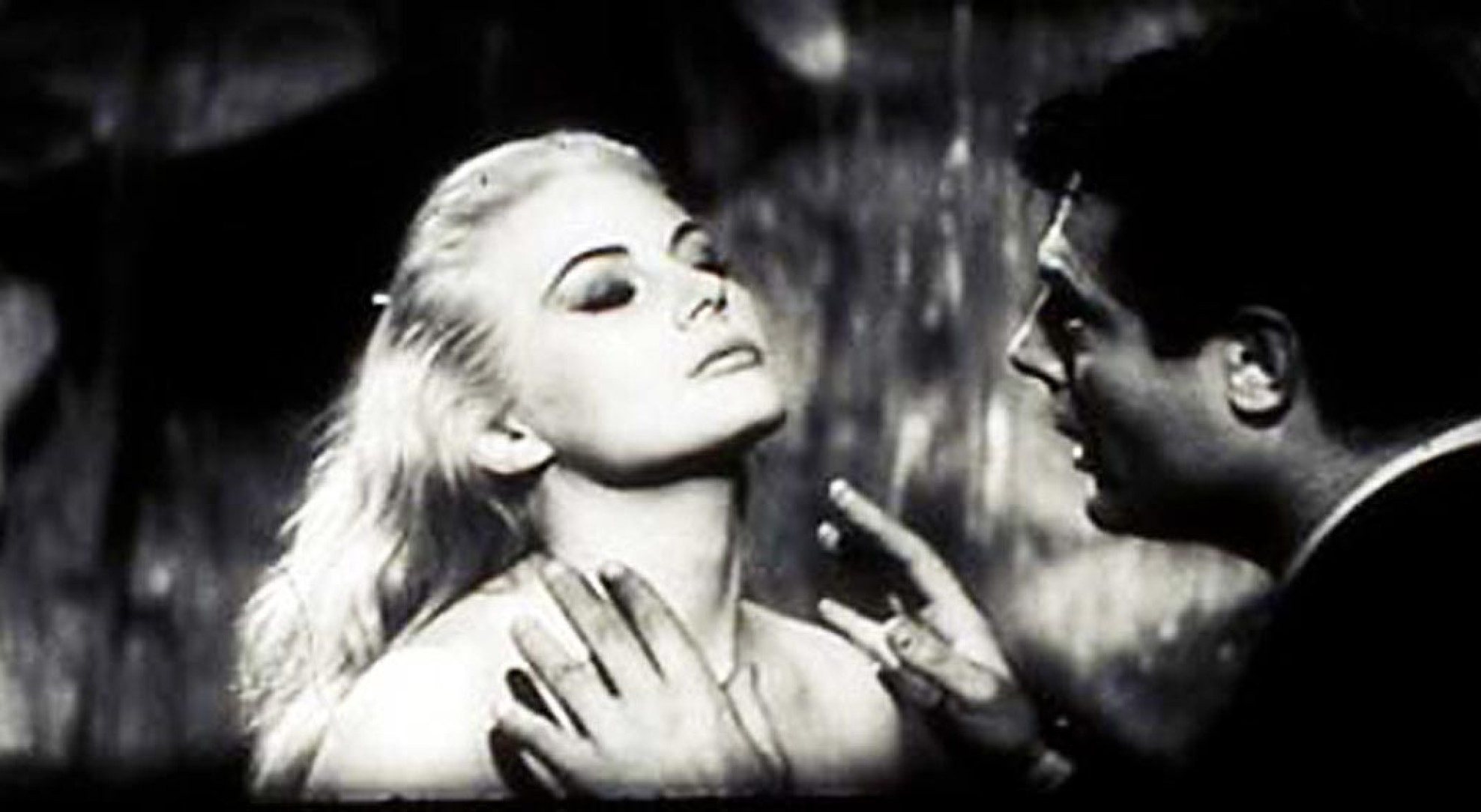La Dolce Vita
Federico Fellini

© Pathé Distribution
Marcello Rubini left his provincial Italian home for Rome to become a writer. But he has become a columnist for a sensationalist newspaper. So he goes round all the places where he can pick up a few scoops to feed his column. One evening, fed up with his mistress Emma’s sick jealousy, he goes out with Maddalena. The next day, Sylvia, a leading Hollywood star, arrives in Rome...
Cast : Marcello Mastroianni, Anita Ekberg, Anouk Aimée, Yvonne Furneaux, Magali Noël, Alain Cuny
Scenario : Federico Fellini, Ennio Flaiano, Tullio Pinelli, Brunello Rondi
Cinematography : Otello Martelli
Editing : Leo Catozzo
Music : Nino Rota
Scenario : Federico Fellini, Ennio Flaiano, Tullio Pinelli, Brunello Rondi
Cinematography : Otello Martelli
Editing : Leo Catozzo
Music : Nino Rota
Production : Riama Film, Cinecittà, Pathé Consortium Cinéma
Distribution : Pathé distribution
Distribution : Pathé distribution
La Dolce Vita marks an essential stage in Federico Fellini’s work, and a break with the past. He went beyond the neo-realist inspiration of his early films and decided to recreate the Rome by night of the jet set in Cinecittà. Fellini, whose early films were marked by Christianity, distanced himself from a moribund religion and made the film of a moralist describing a world in transformation, the Italy of the economic boom, media images and advertising. But above all, he broke with the traditional screenplay and invented a new form of cinematic writing that made La Dolce Vita, like Antonioni’s L'Avventura, a milestone in the history of modernity. The film is made up of large tableaux that form a mosaic, with Marcello Mastroianni as a sleepwalking and increasingly disillusioned guide. An absolute masterpiece, more moving with each viewing. (Olivier Père; Les Inrocks)
